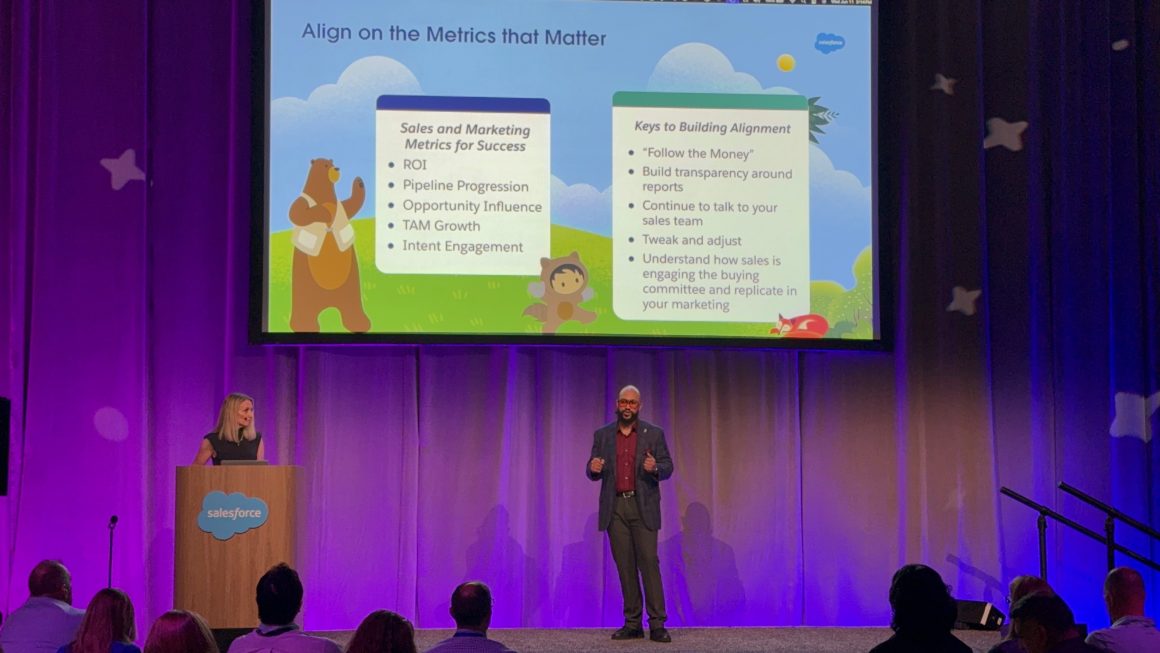As one of the world’s leading enterprise cloud platforms, Salesforce has long been at the forefront of enabling businesses to connect with customers, streamline operations, and drive measurable growth through data. Behind the scenes of its powerful suite of tools, leaders like Brian Moore are shaping how that data is transformed into action.
As Director of Product Management, Moore plays a pivotal part in developing analytics strategies that scale across global teams. For him, dashboards are a blueprint for smarter decisions, stronger products, and future-proof strategies. “Certainly have to have those key data points that are going to really help you define where you’re moving next for your business,” Moore explains. He emphasizes that every product decision should tie back to a business goal, asking, What are we trying to solve by looking at this data?
However, there’s a troubling pattern across many enterprises. Organizations are making significant investments in analytics systems without knowing how to extract value. “The barrier to entry is so high, then you finally get the dashboard and it’s like, now what are we looking at?” He warns that relying solely on out-of-the-box analytics tools, without customizing them to reflect a company’s goals, is the modern equivalent of driving blind.
Creating Alignment Around Meaningful Metrics
One of Moore’s core philosophies is alignment. A company’s product strategy cannot succeed if its departments speak different data languages. He points to the disconnect between marketing, sales, and product teams as a common culprit. “Everyone needs to stop and have a discussion and align on key metrics that everyone can align on.” Moore pushes for a foundational level of data literacy across the board. “If there’s only a data scientist who knows how to read dashboards and there’s only one person who can sit there and say, yeah, I get what’s happening, that’s a humongous problem.” He believes that confidence in understanding and communicating data should be a company-wide standard. This approach ties closely to his work at Salesforce, where he encourages cross-functional teams to treat data not just as a technical asset but as a shared language that informs every decision.
Operationalizing Insights: From Hypotheses to Roadmaps
Moore advocates for treating analytics as a living engine at the heart of an organization. He recommends starting with clear, time-based views of data. “You should be able to always take a look and say, okay guys, how did we do last quarter versus this quarter? What things can we do better?” Moore likens the process to financial investing: understanding short-, medium-, and long-term performance is key to making informed moves. This requires slicing data in various ways, not only to react to issues but to forecast opportunities. Once trends and patterns are understood, the next critical step is presenting them clearly. When professionals can show and explain data with confidence, Moore says, “it’s gonna land, it’s gonna hit because you know what you’re talking about.”
The AI Tipping Point: Innovation and Oversaturation
With AI now capable of adapting to user behavior and business tone, Moore predicts the business landscape is on the brink of a productivity explosion. Yet he also anticipates saturation. “We’re going to get a massive productivity boost and then we’re going to get a lot of trash,” Moore cautions. The democratization of no-code tools and generative AI platforms will flood the market with underdeveloped solutions. Distinguishing quality products from noise will become a key challenge. This coming wave places an even greater premium on values like trust, ethics, and data integrity. “Safeguarding with trust, safeguarding with integrity, safeguarding with ethics, that’s what we’re going to have to just be mindful of moving forward.”
Staying Grounded in Strategy, Not Hype
When analytics are translated into shared understanding and strategic intent, the results scale, because the strategy itself is built to. For Moore, navigating the future of analytics and AI comes down to applying old-school product fundamentals in new-school ways. It’s about asking the right business questions, maintaining organizational clarity, and using data to guide, not just decorate, decisions.
For more insights from Brian Moore, follow him on LinkedIn or visit his website.










